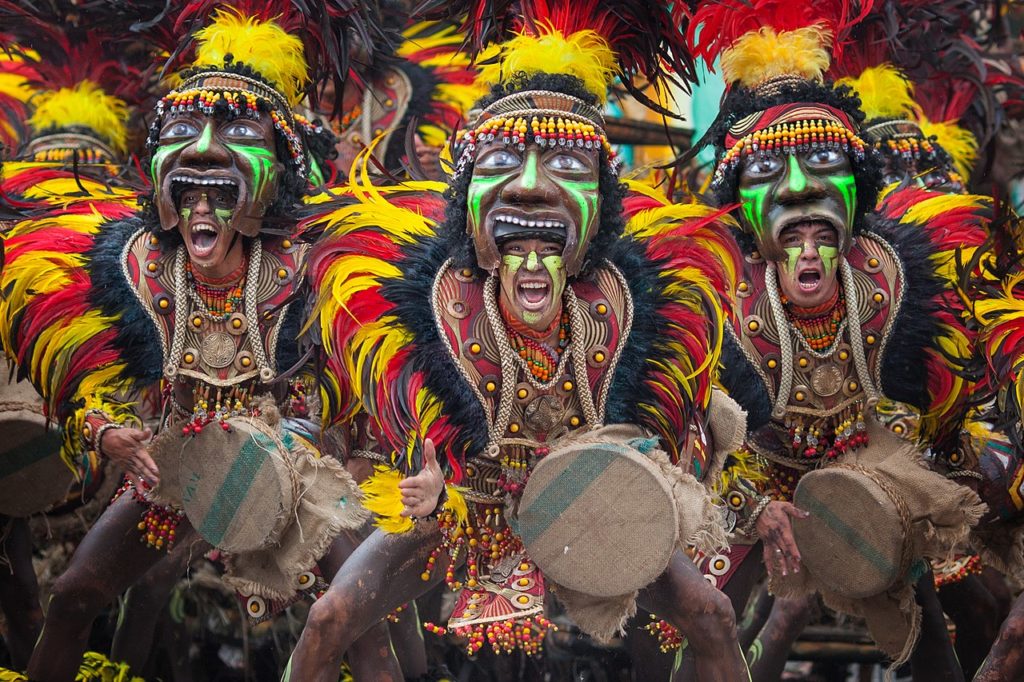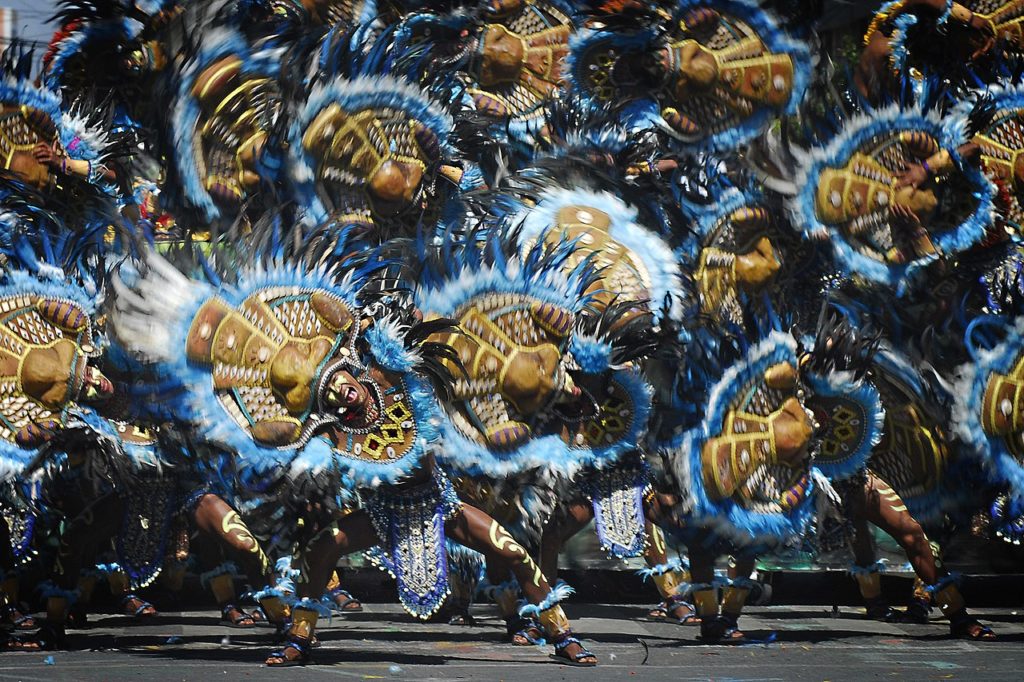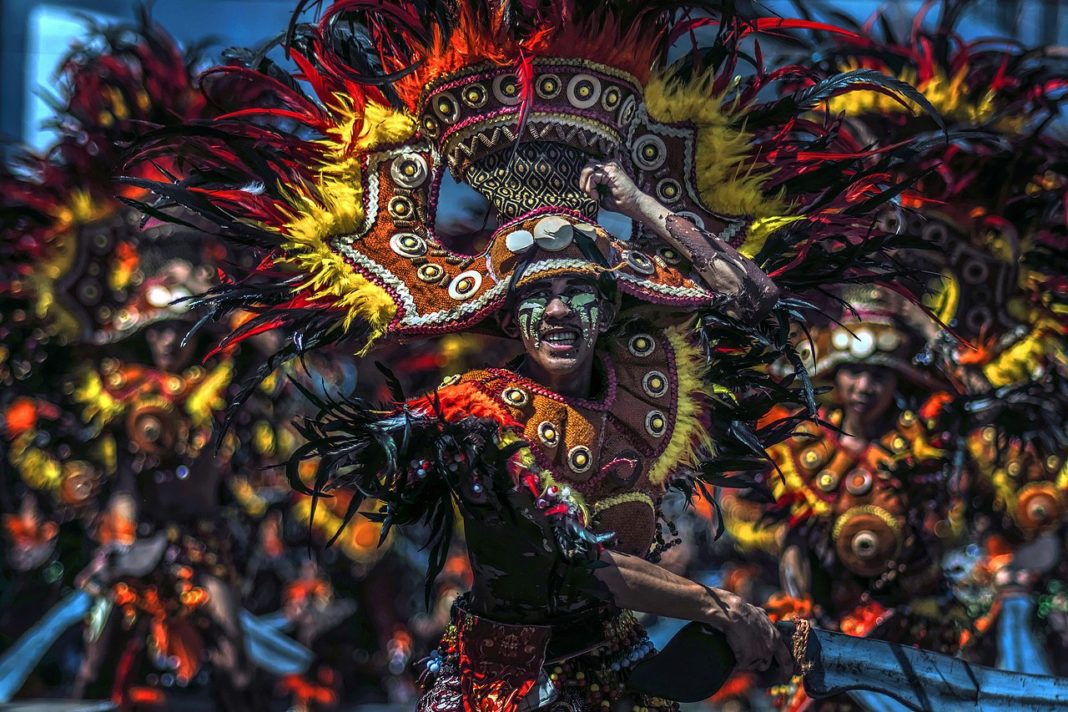The word Dinagyang came from a Hiligaynon word extrapolated from dágyang, meaning “merrymaking.” The festival is held for two main purposes: to pay homage to the Santo Niño (Holy Child or Infant Jesus) and to celebrate the beginning of the settlement on Pany Island and the sale of the island to the new settlers by the Aeta’s tribe.
 The Dinagyang Festival is divided into three major events held annually every fourth weekend of January: the Ati Tribe Competition (held on a Sunday), Dagyang sa Calle Real (held on a Saturday prior to the main event the next day, the Ati Tribe competition), and the Miss Iloilo Dinagyang (which is held on the week of the main Dinagyang Festival highlights).
The Dinagyang Festival is divided into three major events held annually every fourth weekend of January: the Ati Tribe Competition (held on a Sunday), Dagyang sa Calle Real (held on a Saturday prior to the main event the next day, the Ati Tribe competition), and the Miss Iloilo Dinagyang (which is held on the week of the main Dinagyang Festival highlights).
 The main part of the festival, which is the Ati Tribe competition, consists of a number of “warrior” dancers (who hold a shield in one hand and a spear in another) in a tribe (locally called “tribu”) dancing in a choreographed formation and patterns as well as chanting to the sound of loud drum beats and improvised percussion instruments innovated by the respective tribes.
The main part of the festival, which is the Ati Tribe competition, consists of a number of “warrior” dancers (who hold a shield in one hand and a spear in another) in a tribe (locally called “tribu”) dancing in a choreographed formation and patterns as well as chanting to the sound of loud drum beats and improvised percussion instruments innovated by the respective tribes.
 The Dinagyang Festival has seen many innovations throughout the years, including the appearance of Dagoy – the first festival mascot in the Philippines. Dagoy was born from the promotional sketches of Dinagyang in 2002 and was introduced to the public on December 14, 2004 in The Fort, Taguig, and December 18, 2004 in Iloilo City. Depicted as a young Ati warrior, Dagoy symbolizes the jollification and friendship of the Ilonggo.
The Dinagyang Festival has seen many innovations throughout the years, including the appearance of Dagoy – the first festival mascot in the Philippines. Dagoy was born from the promotional sketches of Dinagyang in 2002 and was introduced to the public on December 14, 2004 in The Fort, Taguig, and December 18, 2004 in Iloilo City. Depicted as a young Ati warrior, Dagoy symbolizes the jollification and friendship of the Ilonggo.
Dinagyang was voted as the best tourism event for 2006, 2007 and 2008 by the Association of Tourism Officers in the Philippines Inc. (ATOP). It is one of few festivals in the world to get the support of the United Nations for the promotion of the Millennium Development Goals, and cited by the Asian Development Bank as Best Practice on government, private sector & NGO cooperatives.
According to Wikipedia.














